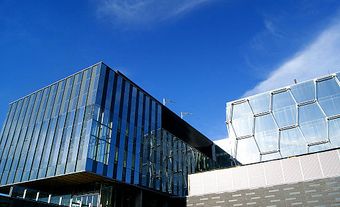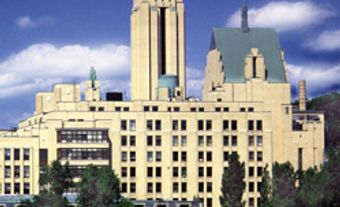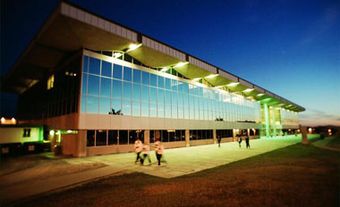History and Structure
Concordia University, in Montréal, Québec, was founded in 1974 as a result of the merger of Sir George Williams University (SGWU) and Loyola College. Loyola, originally the English section of the Jesuit Collège Sainte-Marie (established 1848), became a separate entity in 1896; SGWU evolved from the formal educational work of the Montréal YMCA and received its university charter in 1959. The new university started with five faculties: a merged Faculty of Commerce; a merged Faculty of Engineering; an SGWU Faculty of Arts; an SGWU Faculty of Science; and a Loyola Faculty of Arts and Science. In February 1969, Sir George Williams University was the site of a race riot that is regarded as the largest student riot in Canadian history (see Sir George Williams Affair).
In 1978, Concordia’s five colleges in the Faculty of Arts and Science (Liberal Arts College, Lonergan College, School of Community and Public Affairs, Simone de Beauvoir Institute, and Science College) were founded to give students interdisciplinary options. Concordia still maintains two campuses, one in downtown Montréal (SGWU) and one in its west end (Loyola).
Programs
Concordia offers undergraduate and graduate programs in four faculties: Arts and Science, Engineering and Computer Science, Fine Arts and the John Molson School of Business. Undergraduate-level certificate programs are also offered in some areas, and diploma programs are available in many disciplines. Most undergraduate and graduate programs are open to part-time students, and about half the total student population attends part time. Condordia University also offers online courses and continuing education programs (see Adult Education).
Influence
In recent years, Concordia has placed greater emphasis on research. With 18 research units, 22 Canada Research Chairs and 49 research chairs, the institution receives both public and private funding. Between 2008 and 2012, Concordia’s sponsored research sector grew by 15 per cent.
In 2014–15, more than 46,000 students attended Concordia. A cosmopolitan university, it welcomed students from 150 countries (15 per cent of its student body comes from abroad). Concordia also has exchange agreements with 150 institutions in 38 countries. Notable alumni include internationally renowned photographer Angela Grauerholz, producer Donald K. Donald, journalist Stuart McLean and novelist/essayist Mordecai Richler.
The name of the university comes from the motto of the City of Montreal, Concordia Salus, meaning “well-being through harmony,” which has since become Concordia University’s motto. It colours are maroon and gold.

 Share on Facebook
Share on Facebook Share on X
Share on X Share by Email
Share by Email Share on Google Classroom
Share on Google Classroom









